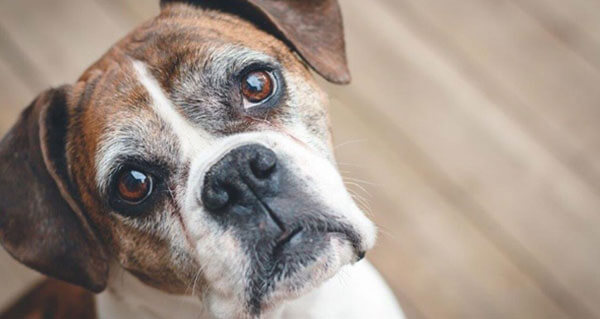Urinary incontinence is a relatively common issue in dogs, especially middle age to older female dogs. There are numerous reasons why dogs may develop incontinence:
- Neurological problems – lesions in the brain or problems with the nerves that control urinary control.
- Urinary tract infections – discomfort may lead to increased urge to urinate which may manifest as wet bedding.
- Masses such as tumours, polyps or stones in the bladder or urethra.
- Anatomical abnormalities such as ectopic ureters (where the ureters that transport urine from the kidneys to the bladder do not enter the bladder at the ‘correct’ area).
- Prostate problems in male dogs.
- ‘Hormone responsive’ incontinence – in female dogs (in fancier words one of the contributing factors to urethral sphincter mechanism incontinence).
Diagnosing urinary incontinence
When determining the cause of urinary incontinence your vet will at least:
- Collect a history on your dog’s health.
- Perform a thorough clinical examination.
- Test a urine sample – checking the urine concentration, signs of infection, abnormal cells or crystals in the urine.
They may also want to:
- Send away a sample of urine for bacterial culture if an infection is suspected.
- Run a blood test to check for underlying health conditions (such as Kidney disease, diabetes, hyperadrenocortisolism).
- Perform imaging such as radiographs of the spine and abdomen, ultrasound of the bladder, kidneys and prostate.
- Perform advanced imaging such as a CT or MRI.
- Cystoscopy (passing a small camera through the urethra into the bladder).
Fortunately most cases of urinary incontinence do not require all of the above procedures!
Your vet will discuss the most appropriate procedures with you once they have collected the history and performed basic testing.
Treating urinary incontinence:
Your vet will develop a management or treatment plan for your pet. One of the simplest things may be weight reduction and increased exercise for overweight pets. Sometimes treating the underlying health issues such as hyperadrenocortisolism can significantly improve urinary incontinence.
Most cases of urinary incontinence can be treated by the use of medications which work to tighten muscles around the urethra, hormone supplementation or a combination of both medications.
There may be surgical solutions for some conditions such as anatomical abnormalities, or with masses in the bladder.
If your pet suffers from urinary incontinence please do not hesitate our team at Ourimbah Veterinary Hospital on 4362 1644.

